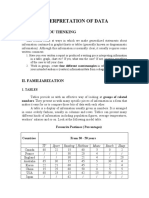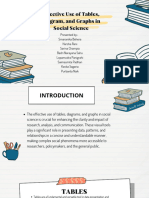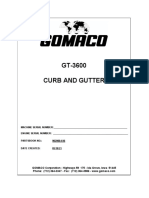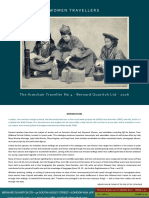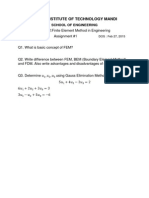0% found this document useful (0 votes)
10 views22 pagesGraph Analysis
The document discusses graph analysis and different types of graphs including pie charts, line graphs, and bar graphs. It provides examples of each graph type and discusses key aspects of writing a good graph analysis such as task achievement, cohesion/coherence, vocabulary, and grammar. The document also outlines the typical parts of an academic written analysis of a graph and provides tips for what to do and not do when analyzing graphs.
Uploaded by
ParthasarathyCopyright
© © All Rights Reserved
We take content rights seriously. If you suspect this is your content, claim it here.
Available Formats
Download as PPTX, PDF, TXT or read online on Scribd
0% found this document useful (0 votes)
10 views22 pagesGraph Analysis
The document discusses graph analysis and different types of graphs including pie charts, line graphs, and bar graphs. It provides examples of each graph type and discusses key aspects of writing a good graph analysis such as task achievement, cohesion/coherence, vocabulary, and grammar. The document also outlines the typical parts of an academic written analysis of a graph and provides tips for what to do and not do when analyzing graphs.
Uploaded by
ParthasarathyCopyright
© © All Rights Reserved
We take content rights seriously. If you suspect this is your content, claim it here.
Available Formats
Download as PPTX, PDF, TXT or read online on Scribd
/ 22































